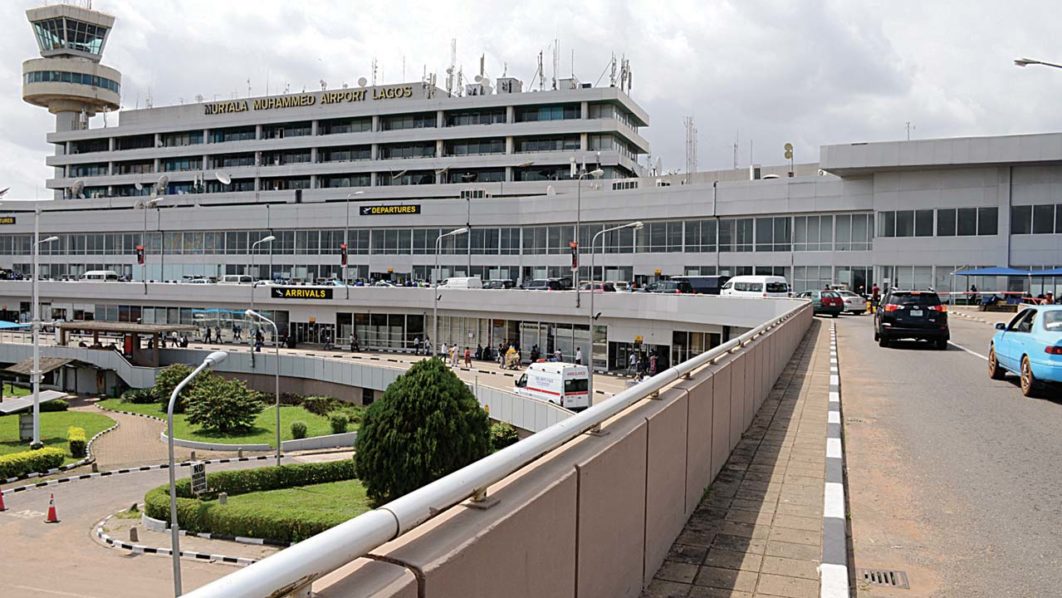By Samson Echenim
Aset of new aircraft landing equipment meant for installation at the Lagos and Abuja airports are global standard equipment that can aid aircraft landing during adverse weather conditions, but Nigerian airliners may not be able to leverage on the equipment due to lack of on-board facilities in old planes being used by Nigerian airlines.
Unstable power supply at the airports is also another impediment to successful deployment of Category 3 instrument landing system and distance measuring equipment (ILS/DME) recently acquired by Nigerian Airspace Management Agency (NAMA) for the Lagos and Abuja airports.
Incidences of cancelled flights, especially those due to weather hazy conditions, are supposed to be under control at Lagos and Abuja airports with the installation of the ILS/DME.
Fola Akinkuotu, managing director of NAMA, while commenting on the equipment said installation of the landing aids, which would commence soon, was part of the agency’s effort to ensure that aircraft land in adverse weather conditions, especially during the harmattan.
He also revealed that the second phase of the project involving the installation of ILS/DME in Kano, Port Harcourt and Katsina airports will commence as soon as Lagos and Abuja installations are complete, stressing that the choice of these airports was informed by the severe weather conditions prevalent in them.
A competent aviation source said that this is the first time any Nigerian airport would be furnished with the Category 3 ILS, a system that helps aircraft to land in foggy, hazy and hamarttan weather conditions, usually blamed for multiples of flight cancellations in Nigeria.
He however called on the Federal Airport Authority of Nigeria (FAAN) to ensure a secured airport environment with perimeter fency and stable electricity supply.
“The Category 3 instrument landing system can help aircraft land at the airport where they are installed even at zero visibility. This is the landing equipment used in most developed countries of Europe and America where there is foggy weather and visibility is always low.
“During hamarttan in Nigeria, the weather becomes hazy and visibility is bad. So with this equipment that NAMA has acquired, aircraft can land at anytime at the airports, but the equipment needs stable electricity supply. It does not work where there is unstable power,” said a source.
“Another challenge here is that most of our airlines do not have on board facilities to leverage on the Catagory 3 ILS because they use old model aircraft. Old planes don’t have the on-board equipment to use Cat 3 ILS. The international airlines which operate newer model of aircraft will find the equipment very useful, but the FAAN must provide a stable condition for the equipment to work, because it does not work in isolation,” he added.









